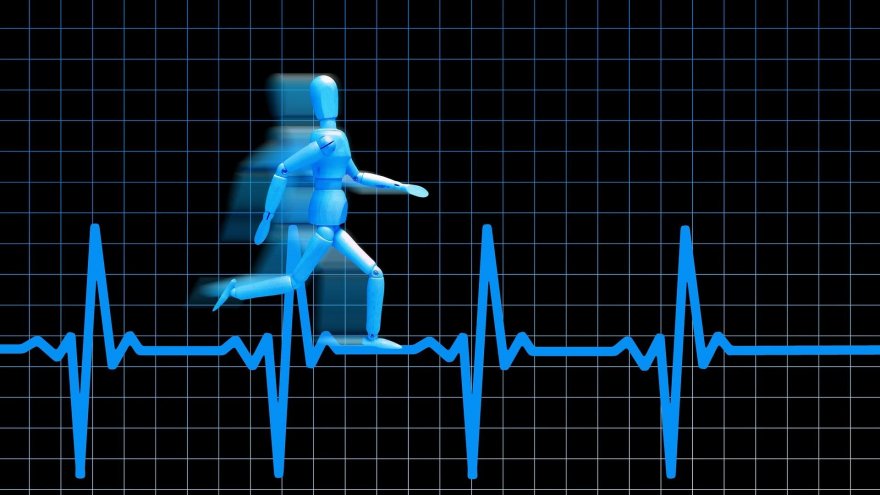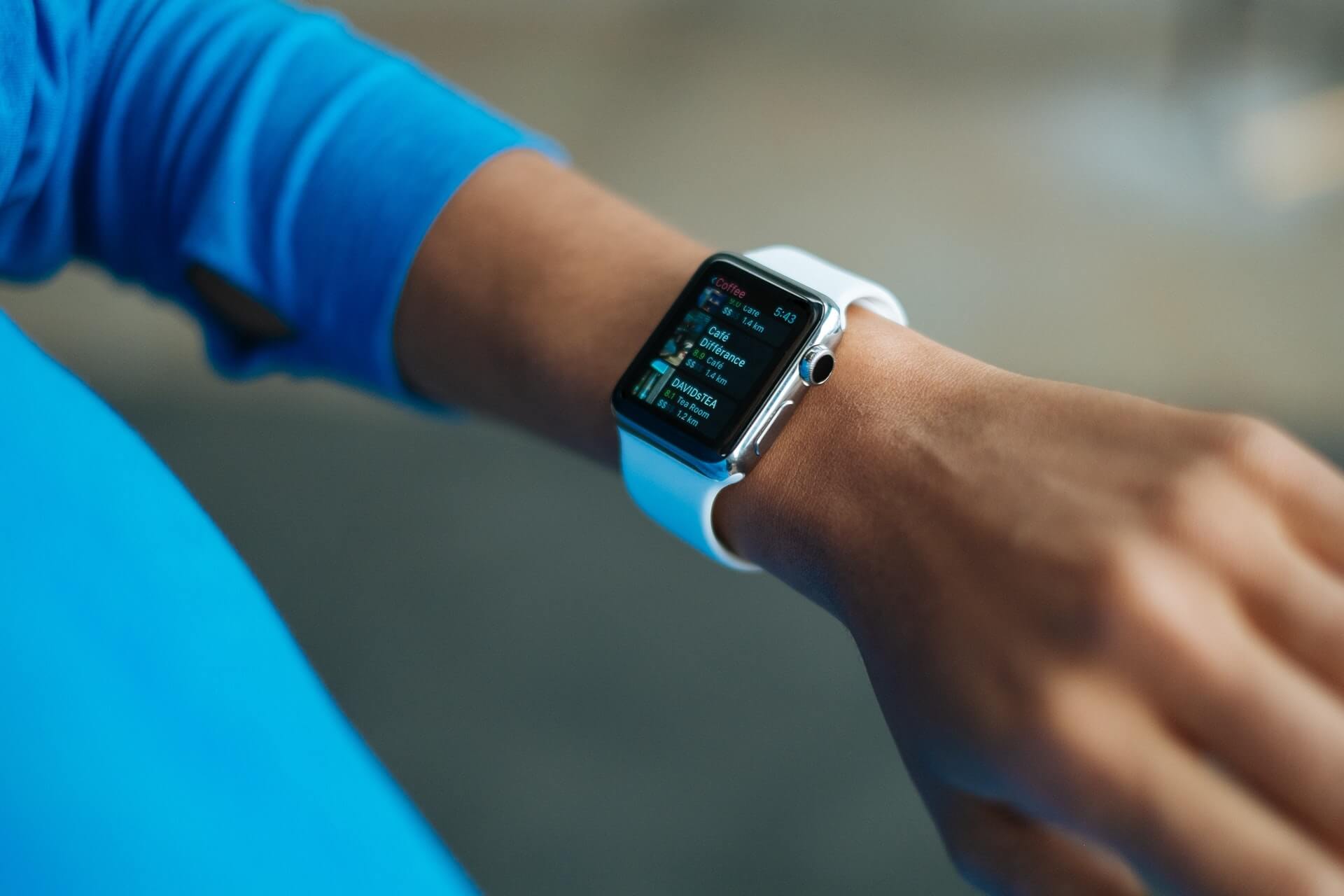Heart Rate Zone or Pace: Which is Best to Use for Training?

Training for a race, whether a 5k or a marathon, can take several months, especially when beginning from scratch. For the recreational runner, or those training with the purpose of being able to just finish the race, logging in the prescribed miles at any pace will be enough. For runners interested in reaching a goal finish time or pace, it can get frustrating if you train for months and do not see improvement. If this is your case, it may be due to the fact that you are not paying attention to how hard (or easy) you are actually running those training miles.
Most training plans indicate a specific pace to run the prescribed miles on a given day, with faster paced miles on tempo or speed days, and easy-paced miles on the other training days. What exactly are “easy-paced miles”? Most articles will state that easy runs should be done at a conversational pace, meaning you are able to speak full sentences while running. Others will just state it should be done at a minute per mile slower than your goal pace. The latter is too specific because if you head out for your easy run and you feel extra tired that day, trying to hit that certain pace, although it is much slower than your goal pace, may end up feeling too hard, and it will no longer be an easy run. If you are following a training plan, the easy runs are very important to keep easy in order to be ready for the next hard run.

Yet other plans prescribe training runs using a percentage of heart rate or effort. This method of training is beneficial since the effort it takes to run and keep a pace is all dependent on how hard the heart is working. In order to train using heart rate rather than pace, you must first determine your maximum heart rate. The standard formula has been 220 minus your age. Taking different percentages of this value will determine what heart rate range you should be at during a given run. This formula has been shown to be an inaccurate way to determine what heart rate to use during training, due to the differences in fitness levels among individuals.
Heart Rate Reserve
The best and most accurate way to determine max heart rate is by performing a time trial with a heart rate monitor. This can be done with a 5k run or any shorter distance, such as a 2-mile run. After a mile warm-up, run at your hardest effort for the given distance and try to maintain each mile at the same pace. The heart rate monitor should show what the highest heart rate that was achieved during the workout. As long as you feel you went at your maximum effort, this value should be pretty accurate. Keep in mind that maximum heart rate does not change with fitness level—it only changes as we age. What will change, as we get fitter is the amount of time we can spend near or at that max heart rate before fatiguing.

Determining your resting heart rate is the next step. This can be easily done without any fancy equipment by counting the beats per minute at the inside of the wrist or right at the side of the neck first thing in the morning while still in bed. Since this value can change depending on how tired a person is at the time, illness, medications, and many other factors, it will make a big difference in how hard the person is able to train on that given day. The formula to use at this point is taking the difference between the max heart rate and the resting heart rate, which will give you what is called the heart rate reserve. This is the value to use when determining what percentage of heart rate to use for training, then adding back in the resting heart rate. For example, if the prescribed run is 8 miles at 60% effort, then the heart rate to train at is:
[(Max Heart Rate – Resting Heart Rate) x 60%] + Resting Heart Rate

One good reason of using this formula and using target heart rate for training is because it is a better indicator of improvement. The goal of any training is to be able to sustain a target heart rate for a given period of time. If you figure your target heart rate for a run using the formula above is 140bpm, and you are able to maintain the same pace of 8 minutes per mile the entire time, your goal would be to improve your pace but keep the same heart rate. If you are solely looking at keeping 8 minutes per mile pace for the entire run, but you are struggling at a heart rate of 180bpm at that pace, it is most likely that you will not be able to maintain this pace for a very long time.
Recovery Runs Should be Easy
The most important time to use heart rate rather than pace is when your training plan calls for an easy recovery day. The goal of easy days is to recover from the hard workout from the day before. After a long run, heart rate will remain in a more elevated state due to the body constantly working to repair itself. The muscles are damaged, fuel is depleted, and the core body temperature is higher. If you perform your scheduled recovery run too fast that it raises your heart rate too close to maximum for too long, you are not letting your body recover. You will be left with more tired legs and cardiovascular system and will not be able to give it your all on the next hard day. This is what leads to overtraining and is usually what causes athletes to force themselves to take days off completely.

Besides general fitness level and state of recovery as mentioned above, training in warmer temperatures, especially with higher humidity, can affect heart rate while exercising. When it is hot outside, the heart has to beat faster to make sure to not only pump blood to the working muscles, but also to circulate blood to the skin to keep it cool. This is why it is crucial to maintain proper hydration not only while exercising in these hotter temperatures, but also on a daily basis to ensure the body can keep enough blood volume for these circumstances.
Heart rate training is more beneficial for those easy recovery runs to keep your efforts at a steady state and make sure you are using the run for what it is for—recovery. If your goal is to run at a certain pace come race day, then it is a good idea to focus on pace for target runs such as tempo and interval workouts. If you find that your target paces are too hard to maintain during the hard efforts of these runs then take a look at what your average heart rate is during those hard efforts. If it is too high and close to maximum heart rate, then the prescribed pace may be too fast for your fitness level at the moment. As long as you are logging in your miles at the proper efforts, you will eventually reach your goals!
Sources
- , Monitoring Training Status with HR Measures: Do All Roads Lead to Rome?, Journal
- , Heart Rate and Ratings of Perceived Exertion during Treadmill and Elliptical Exercise Training, Journal
- , Relation between physical exertion and heart rate variability characteristics in professional cyclists during the Tour of Spain, Journal
Latest Articles
 Is Running on a Treadmill Easier Than Running Outside?Runners have their own preferences, whether it is treadmill running, running outside on the road, or exploring trails. So...
Is Running on a Treadmill Easier Than Running Outside?Runners have their own preferences, whether it is treadmill running, running outside on the road, or exploring trails. So... Is It OK to Use Trail Running Shoes on the Road?While trail running shoes can be used on roads, especially in situations where a runner encounters mixed terrains or pref...
Is It OK to Use Trail Running Shoes on the Road?While trail running shoes can be used on roads, especially in situations where a runner encounters mixed terrains or pref... How to Fix Sore Quads After Running?Rest, ice, gentle stretching, and over-the-counter pain relievers can help soothe sore quads after running. Also, ensure ...
How to Fix Sore Quads After Running?Rest, ice, gentle stretching, and over-the-counter pain relievers can help soothe sore quads after running. Also, ensure ... 10 Fruits With The Most Electrolytes to Replace Sports DrinksThese fruits are high in electrolytes such as potassium, magnesium, and calcium, essential for hydration, muscle function...
10 Fruits With The Most Electrolytes to Replace Sports DrinksThese fruits are high in electrolytes such as potassium, magnesium, and calcium, essential for hydration, muscle function...

